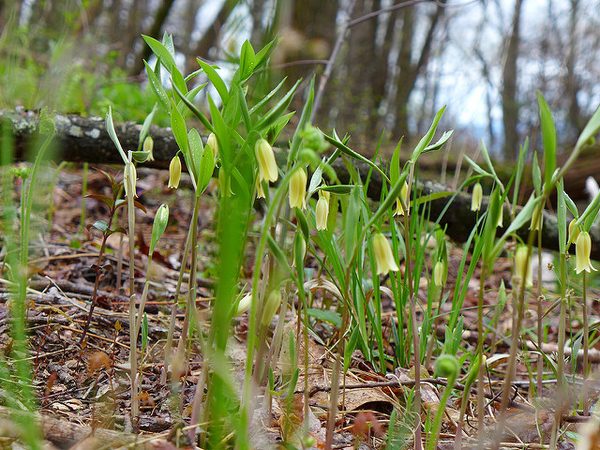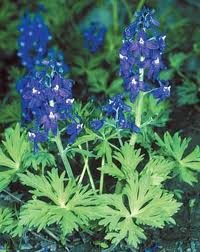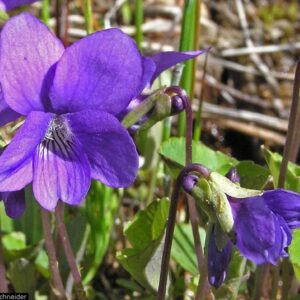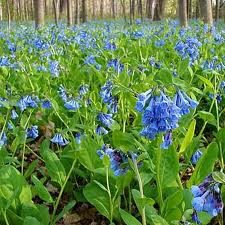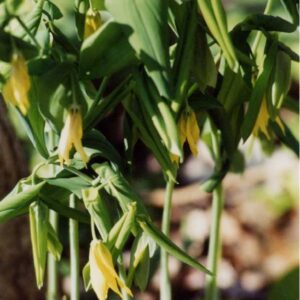Uvularia sessilifolia, Sessile leaf Bellwort, Native Bare Root Perennial
$8.00
635 in stock
Uvularia sessilifolia, Sessile leaf Bellwort, Native Bare Root Perennial
(requires a minimum purchase of 5 plants)
5 or more $8.00 each
25 or more $4.00each
50 or more $2.50 each
300 or more $2.00 each
1000 or more please call.
Wholesale pricing is based on quantity.
For Shipping, Install and additional info please see “About Bare Root“.
Native bare root perennials are dug and shipped while dormant, mid November to early spring.
See all available Native Bare Root Perennials
Order Minimum
There is a minimum order total of $150.00.
before tax (VA residents only) and shipping.
There are NO EXCEPTIONS.
Description
Uvularia sessilifolia, Sessile leaf Bellwort, Native Bare Root Perennial
The 10-15 in. stalks of this perennial are usually two-branched and bear oval, lily-like leaves. Delicate, cream-colored flowers may be single or paired and hang bell-like on short axillary stems. The 1 or 2 creamy yellow, drooping flowers are at the top of an angled stem having unstalked leaves. The roots colonize to form a groundcover.
This common woodland wildflower has a near relative, Perfoliate Bellwort (U. perfoliata), whose stem appears to pierce the leaves. The interior surface of the flowers is roughened with small glands. A bigger version, Large-flowered Bellwort (U. grandiflora), has bright yellow flowers and perfoliate leaves which are downy beneath. It reaches a height of 20″ (50 cm). Mountain Bellwort (U. puberula) has shiny leaves and stems in clumps, and is similar to Sessile Bellwort, as is Florida Bellwort (U. floridana), which has a small, leaf-like bract on the flower stalk. At one time these plants were thought to be good for treating throat diseases because the drooping flowers resembled the uvula, the soft lobe hanging into the throat from the soft palate.
Wild Oats is a native wildflower with interesting foliage and flowers. It can be used as a ground cover in shade or part shade areas as the roots spread by stolons. It can be found inhabiting deciduous and mixed evergreen deciduous forests, It prefers moist, rich, acidic soils with high humus content and good drainage but can be adaptable to other soil types. The flowers are yellow or cream and hang in an elongated bell shape.
Cover with a layer of leaves in winter and do not remove them in the spring to increase humus to the soil. It is difficult to transplant due to its long underground stem.
Propagation can be done by root cuttings or planting from seed. When growing from seed, plant immediately upon ripening, don’t allow the seeds to dry out. If the goal is to create a ground cover, allow the existing plants to seed out each year, seeding itself. Over time, the area will fill in.
Young leaves can be eaten as cooked greens.
Country Or Region Of Origin:
Eastern North America
Distribution:
AL , AR , CT , DC , DE , FL , GA , IA , IL , IN , KY , LA , MA , MD , ME , MI , MN , MO , MS , NC , ND , NH , NJ , NY , OH , OK , PA , RI , SC , SD , TN , VA , VT , WI , WV Canada: NB , NS , ON
Wildlife Value:
Supports specialized bee: Andrena (Derandrena) uvulariae.
Play Value:
Attractive Flowers
Attracts Pollinators
Defines Paths
Edibility:
Young shoots are said to have a flavor reminiscent of asparagus. Tea made from the roots has been used to treat diarrhea and other ailments.
Light:
Dappled Sunlight (Shade through upper canopy all day)
Full sun (6 or more hours of direct sunlight a day)
Partial Shade (Direct sunlight only part of the day, 2-6 hours)
Soil Texture:
Clay
High Organic Matter
Loam (Silt)
Sand
Soil pH:
Acid (<6.0)
Neutral (6.0-8.0)
Soil Drainage:
Good Drainage
Moist
Occasionally Dry
Occasionally Wet
Available Space To Plant:
12 inches-3 feet
Region:
Coastal
Mountains
Piedmont
USDA Plant Hardiness Zone:
4a, 4b, 5a, 5b, 6a, 6b, 7a, 7b, 8a, 8b
Related products
-

Delphinium tricorne Dwarf Larkspur, Native Bare Root Perennial
$7.50 Add to cart -

Viola sororia, Common Blue Violet, Native Bare Root Perennial
$4.00 Add to cart -

Mertensia virginica, Virginia Bluebells, Native Bare Root Perennial
$8.00 Add to cart -

Uvularia grandiflora, Large flower bellwort, Native Bare Root Perennial
$8.00 Add to cart
